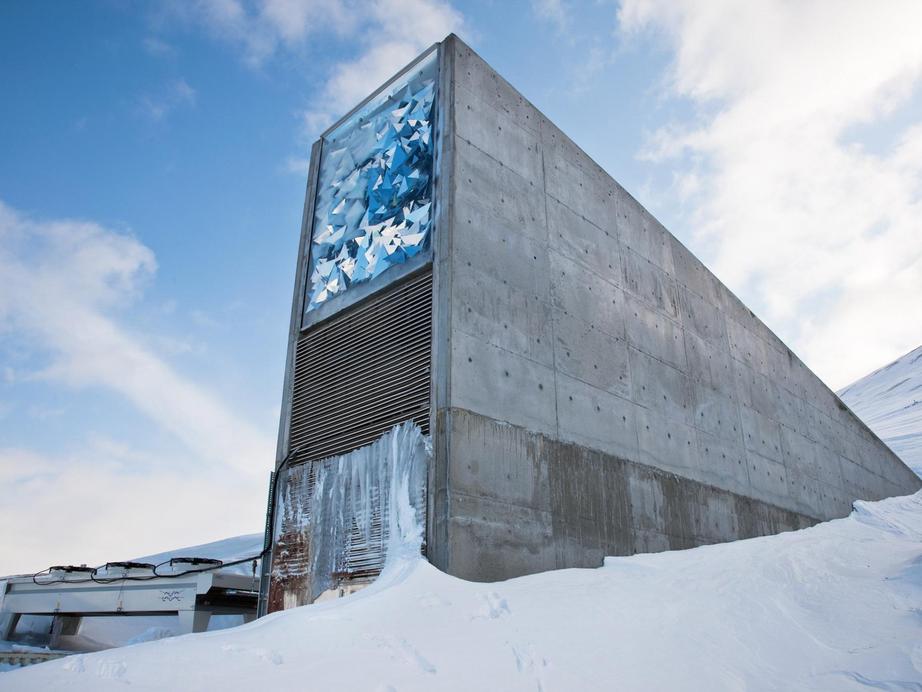The world just got a second doomsday vault
In the side of a mountain atop the frigid wastelands of the Norway's Svalbard archipelago sits the Arctic 'doomsday vault' - an ominous facility that's locked away close to a million seed samples from almost every country on Earth.
Designed to keep the seeds safe from nuclear war or some other global catastrophe, the Svalbard Global Seed Bank just got a new neighbour, with a second doomsday vault opening up nearby. But instead of storing seeds, this vast library has been built to ensure the survival of the world's most important books, documents, and data.
"We believe that we can save the data using our technology for a whole 1,000 years," Katrine Loen Thomsen from Norwegian technology company Piql told local broadcaster NRK.
Known as the Arctic World Archive, this new facility has been built into the same frozen mountain as the original seed vault, and is open to governments and research facilities from around the world as a place for storing their records.
Companies and private individuals can also pay for the privilege of having their information locked underground for at least the next millennium, deep inside an abandoned mine that's been frozen in Arctic permafrost.
Oddly enough, instead of taking advantage of the most advanced data security systems available, researchers at Piql have opted for a more analogue approach - they store everything on photosensitive film, which they say is a far safer option than anything digitised.
"It's digital data preserved, written onto photosensitive film," Piql founder Rune Bjerkestrand told Live Science.
"So we write data as basically big QR codes on films."
The idea is that while digital data is stored on our computers as codes of 1s and 0s, analogue data is physically etched into reels of film, and can be 'read' like the bumps on a vinyl record.
As Bjerkestrand observes, it's like having your data "carved in stone."
It's a surprisingly old fashioned approach, but the security experts at Piql say it's far safer than keeping it online, where it's vulnerable to cyber attacks and hacking, and the permafrost conditions will ensure a constant temperature for centuries to come.
According to NRK, the company has run experiments to show that even if outside temperatures rise dramatically - in the event of nuclear war, for example - the film will survive for at least 500 years.
But they suspect it would still be possible to read the etchings 1,000 years from now, and are now running experiments to prove it.
Another benefit of housing the world's archives in Svalbard, an island that sits between Norway and the North Pole, is that it's close to being a demilitarised zone, meaning nations around the world have agreed to keep it free from military installations and occupation.
"We can be reasonably confident that no military attack will happen," Pål Berg from a Norwegian coal mining firm called SNSK, told NRK.
Since its launch last week, the National Archives of Brazil and Mexico have sent data to be stored in the underground Arctic World Archive, and it's hoped more institutions follow suit.
"In their case, [the deposit] is documents, different kinds of documents from their national histories, like, for example, the Brazilian Constitution," Bjerkestrand told Live Science.
"For Mexico, it's important documents, even from the Inca period, which is a very important historical memory."

